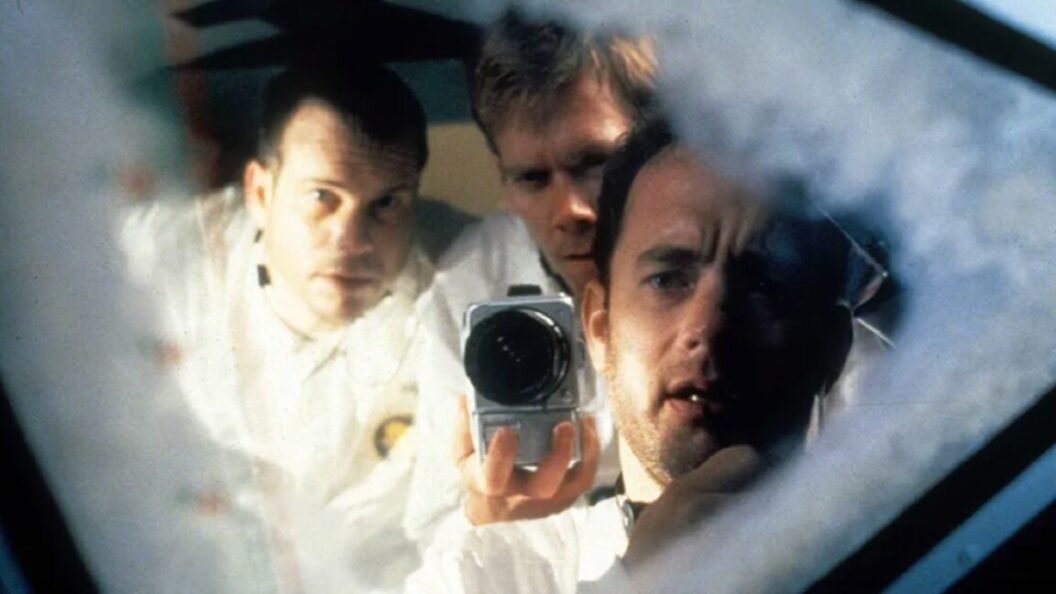Revisiting "Apollo 13": Celebrating 30 Years of NASA’s Resilience
This year marks the 30th anniversary of the Oscar-winning film Apollo 13, directed by Ron Howard. The film serves as a tribute not only to the ill-fated 1970 lunar mission but also to NASA’s groundbreaking work in space exploration. This retrospective offers insights into the movie’s depiction of American ingenuity and the spirit of perseverance against overwhelming odds.
A "Successful Failure"
The narrative centers around the aborted Apollo 13 mission, which turned into a "successful failure" when all three astronauts returned safely to Earth despite dire circumstances. The film begins in July 1969 with astronaut Jim Lovell, played by Tom Hanks, celebrating the historic Moon landing alongside his family and friends. Initially assigned to command the Apollo 14 mission, Lovell finds himself thrilled yet superstitiously uneasy about being assigned to Apollo 13.
His concerns are shared by his wife, Marilyn Lovell (Kathleen Quinlan), who expresses worry over the number 13, while Lovell reassures her that "it comes after 12." This foreshadowing emphasizes the film’s recurring theme of fate versus chance.
A Dramatic Plot Twist
Days before the launch, astronaut Ken Mattingly (Gary Sinise) is replaced by Jack Swigert (Kevin Bacon) due to exposure to the measles. The mood lightens when Swigert expresses enthusiasm about his new role, but this is soon overshadowed by events that follow. The launch itself goes smoothly, but the crew soon faces a life-threatening crisis.
During a maintenance task involving the oxygen tanks, an electrical short leads to a catastrophic explosion, forcing the crew to evacuate the command module Odyssey into the lunar module Aquarius, now serving as a makeshift lifeboat. This abrupt shift from lunar exploration to survival sets the stage for a gripping narrative of human resilience.
Overcoming Adversity
With the mission to land on the Moon off the table, the focus turns to keeping the astronauts alive long enough to return home. The crew must confront various challenges, including interpersonal conflicts, freezing temperatures, dwindling food supplies, and dangerous levels of carbon dioxide.
One of the film’s most tense moments occurs during a manual course correction executed without the aid of a navigational computer, showcasing both the ingenuity of NASA’s engineers and the astronauts’ determination. Despite the seemingly insurmountable obstacles, viewers witness a gripping drama unfold, culminating in a triumphant return to Earth.
Significance and Impact
The legacy of Apollo 13 extends beyond its thrilling plot and exceptional performances. The film serves as a poignant reminder of the challenges faced by NASA during its historic missions. Its narrative emphasizes the importance of teamwork, quick thinking, and the unyielding human spirit in the face of crisis.
The film’s portrayal of scientific ingenuity has inspired multiple generations to pursue careers in STEM fields, reinforcing the idea that with determination and collaboration, even the most daunting challenges can be met and overcome.
As we celebrate the 30th anniversary of this cinematic achievement, we are reminded of the importance of resilience, problem-solving, and courage in the pursuit of exploration and discovery. Apollo 13 not only tells a remarkable story of survival but also stands as a testament to humanity’s relentless quest for knowledge beyond our planet.









